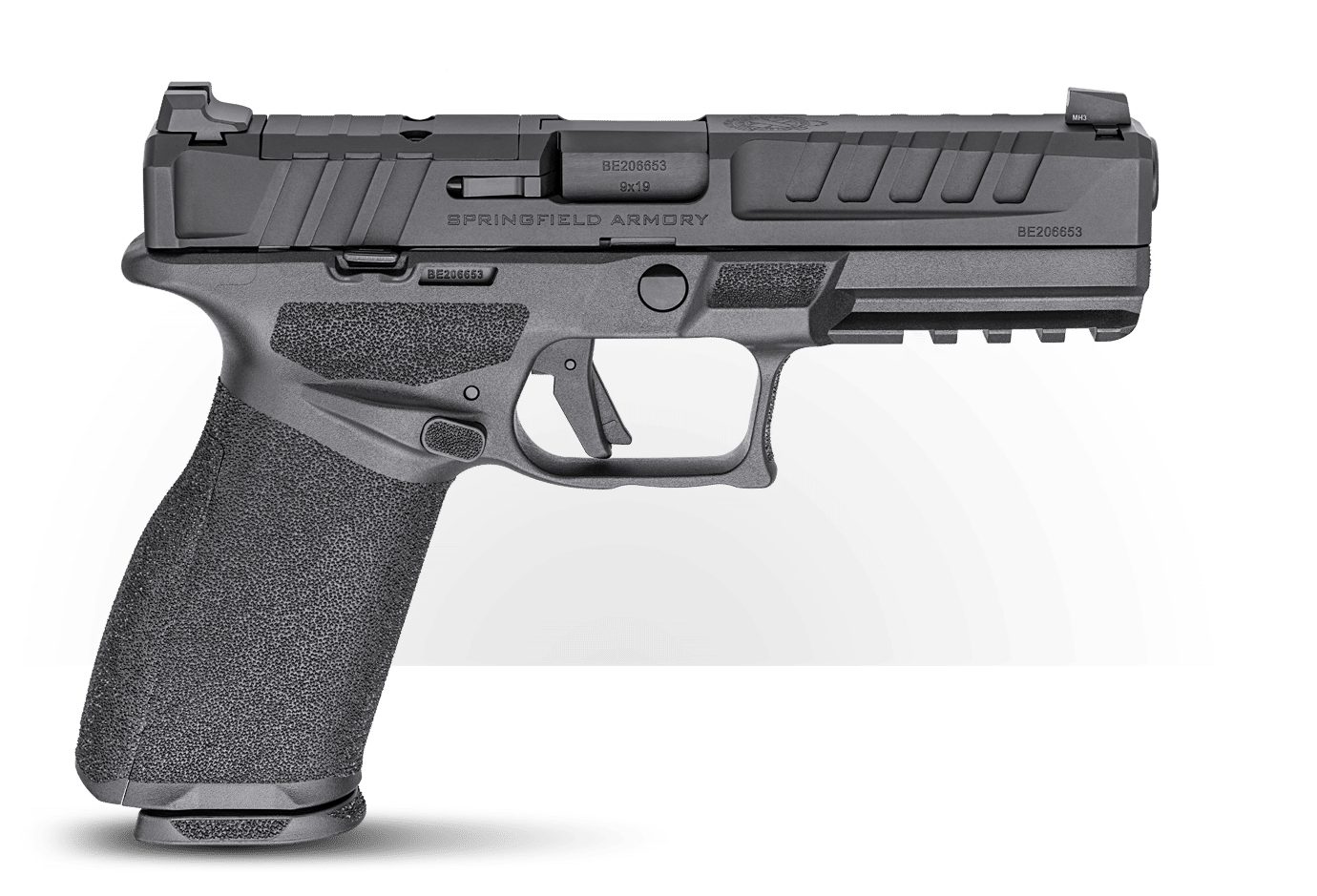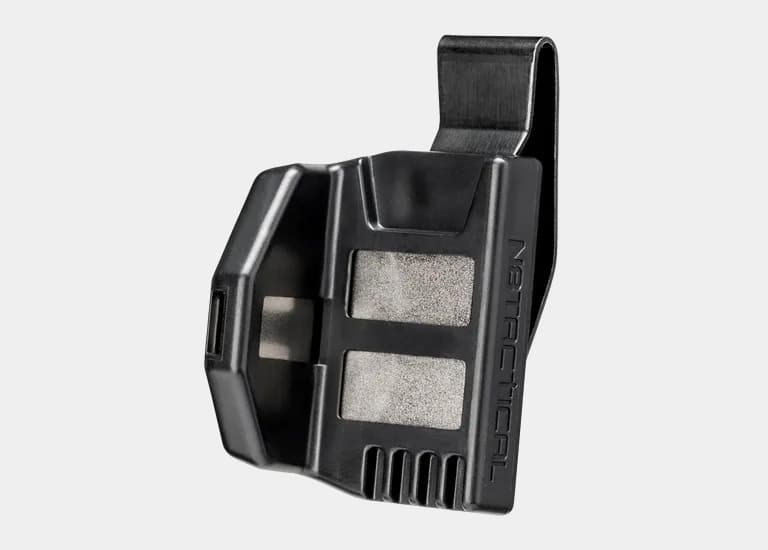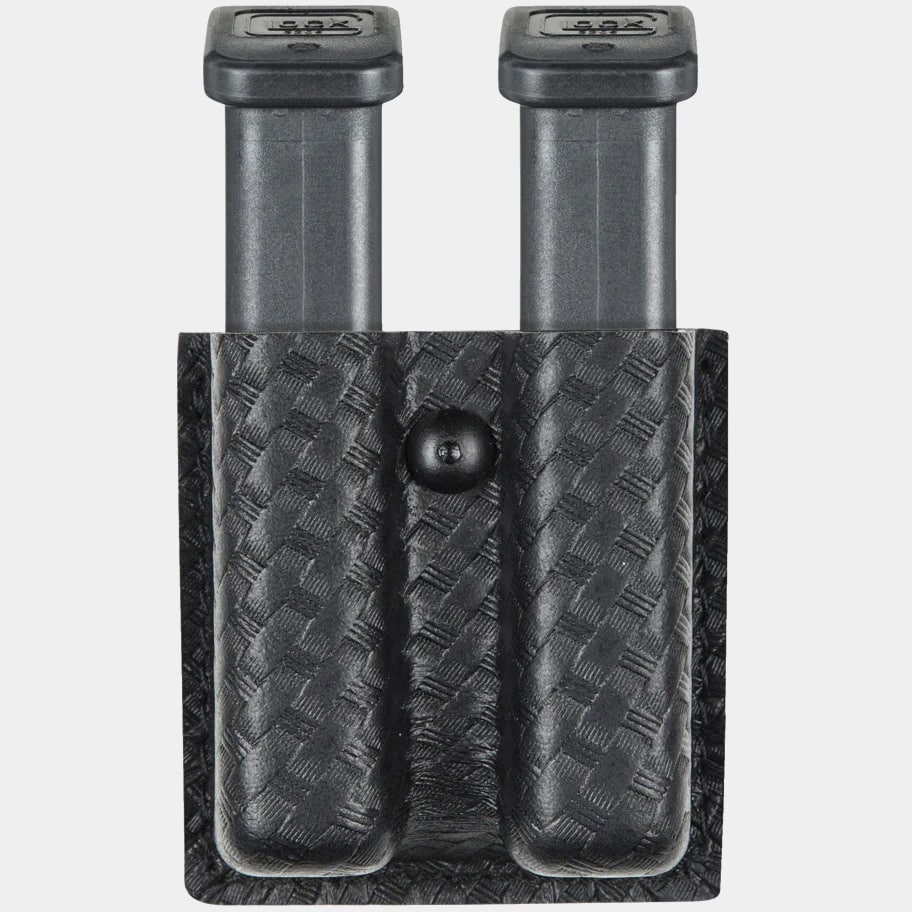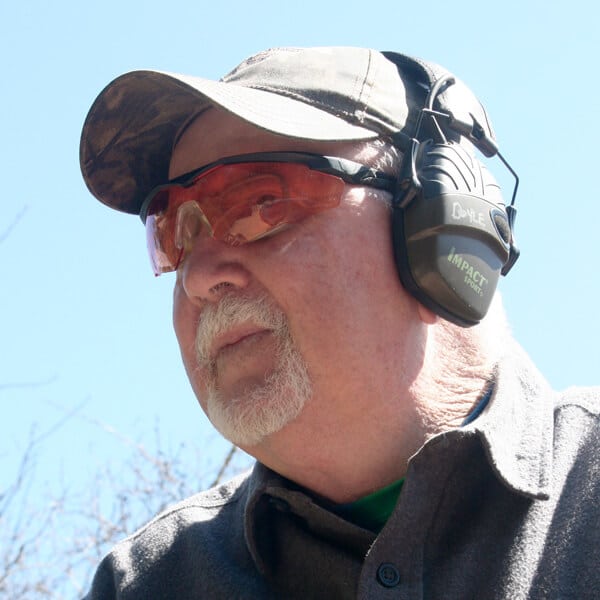Would You Make This Deadly Gunfight Mistake?
March 7th, 2024
8 minute read
To be truly proficient with a handgun, one needs to have a strong command of both the fundamentals of marksmanship and operational skills. This is especially true if you carry a gun for personal defense. Those basic operational skills include drawing from the holster, working from a ready position, clearing stoppages and reloading.
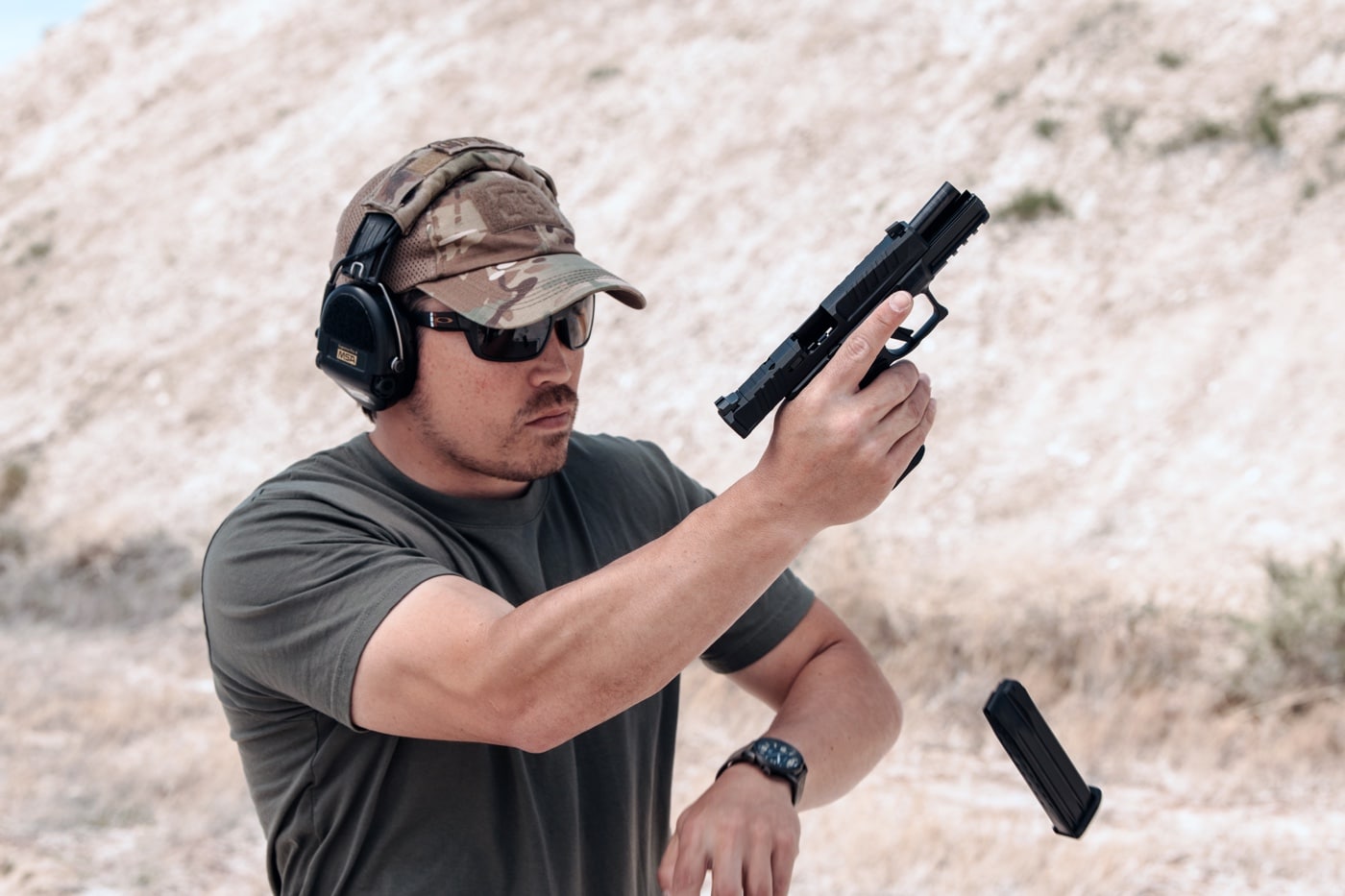
Should your shooting activities consist of plinking or punching out the bullseye, the ability to perform these tasks quickly is not especially important as long as you can do it safely. However, in a personal defense scenario, there is a great deal of urgency in performing these skills as fast as possible.
One of the big advantages the autopistol holds over the revolvers of old is greater continuity of fire. The onboard ammunition capacity of many pistols is two or three times that of a revolver and, should you run low or out of ammunition, the ability to quickly reload will get you back in the game very quickly. Unfortunately, many users of pistols, both armed citizens and law enforcement officers, are quite clumsy in reloading, thereby forfeiting that second advantage.
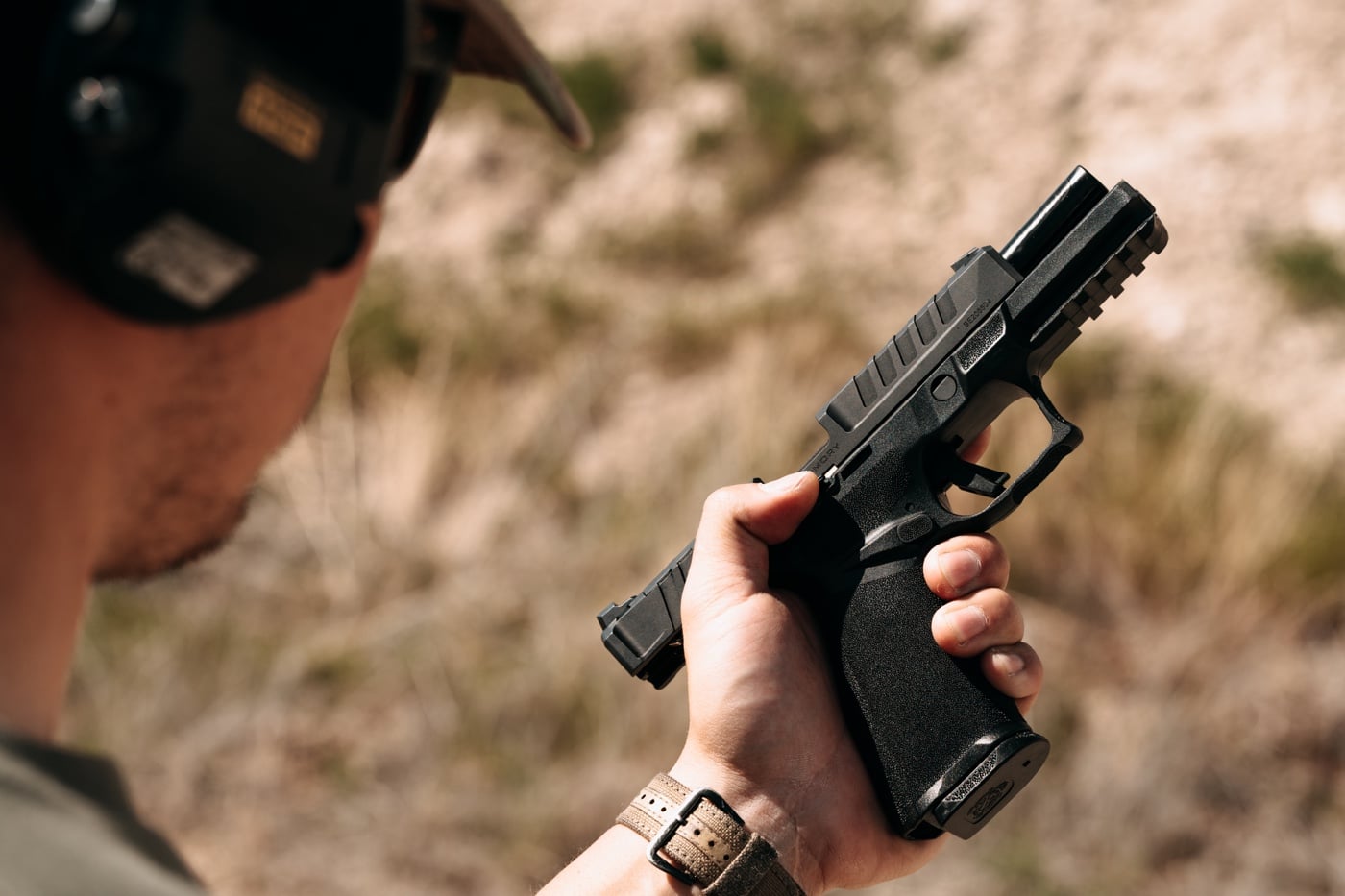
In the age of 17-round magazines, some folks feel this isn’t nearly as important as it once was, particularly when you consider most real-world shootings are over with just a few rounds exchanged. I have been studying interpersonal conflict for most of my adult life and am familiar with numerous incidents that required more than one magazine to end the threat. You just may be that anomaly!
A Key to Success
An obstacle I often encounter relative to efficient reloading is the less-than-optimum placement of spare magazines. And yes, even if you carry a double-column magazine pistol, having instantaneous access to more ammunition is very important.
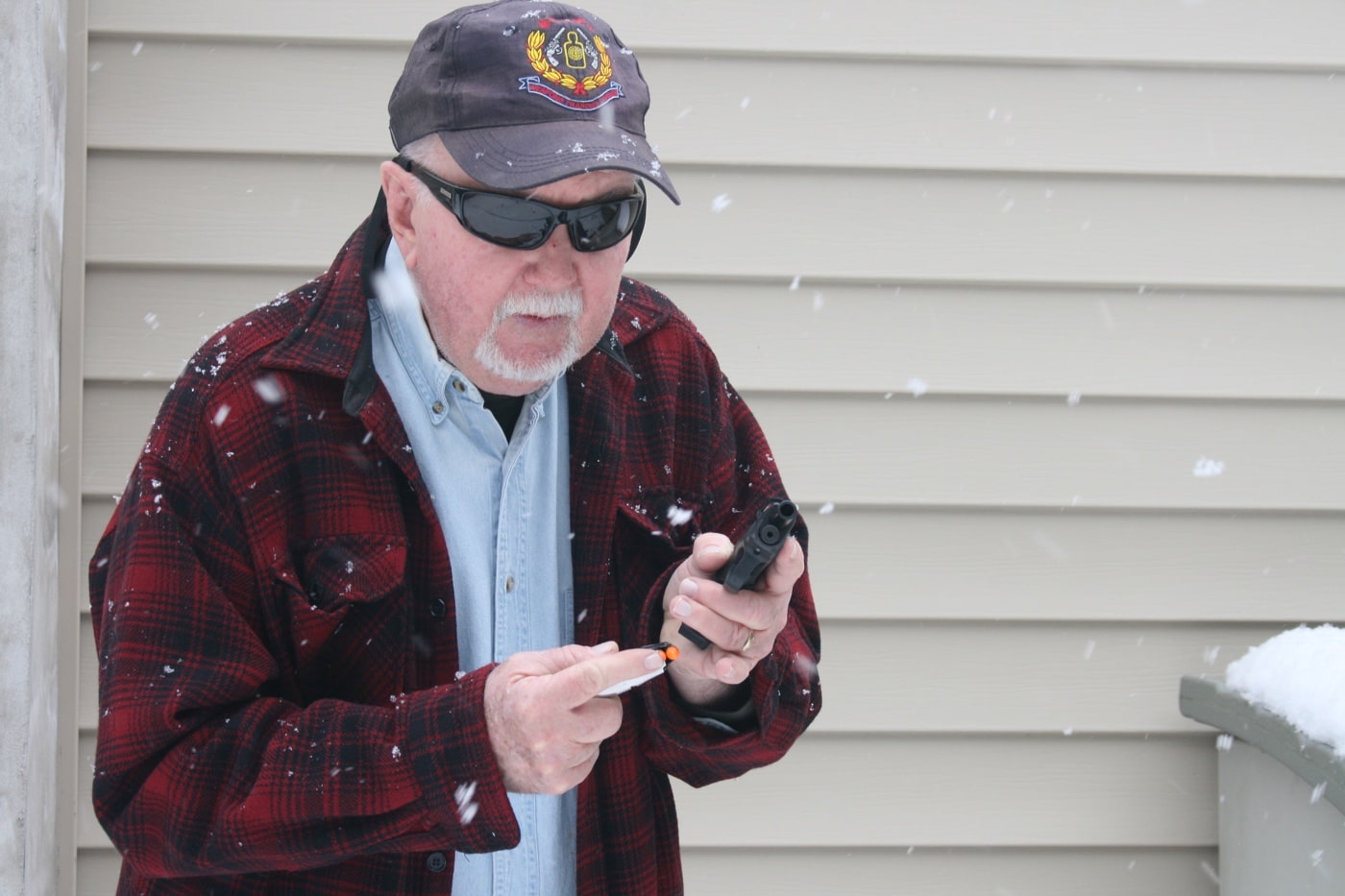
I know many gun users, particularly police officers, array their spare magazines horizontally on the belt. For some, it may be more comfortable, but I find it far less efficient. In action pistol shooting where speed is the name of the game, you will be hard-pressed to find any competitors carrying their magazines horizontally.
For concealed carry use, I place my spare magazine just to the rear of the support side hip where it is hidden by the covering garment. Magazine carriers can be crafted from leather or synthetic material and worn outside or inside the waistband. Single magazine pouches are much easier to conceal under light clothing than a double pouch, but under a heavier jacket, this is a non-issue.
Of late I have been utilizing a Magna-Clip Magazine Carrier from N8 Tactical, which I clip to the top of the support-side pocket of my pants. A powerful magnet keeps the magazine in a vertical position and away from all the detritus and lint that accumulate in the bottom of the pocket. When light clothing is worn, it also eliminates the possibility of the spare magazine worn on the belt printing through your shirt.
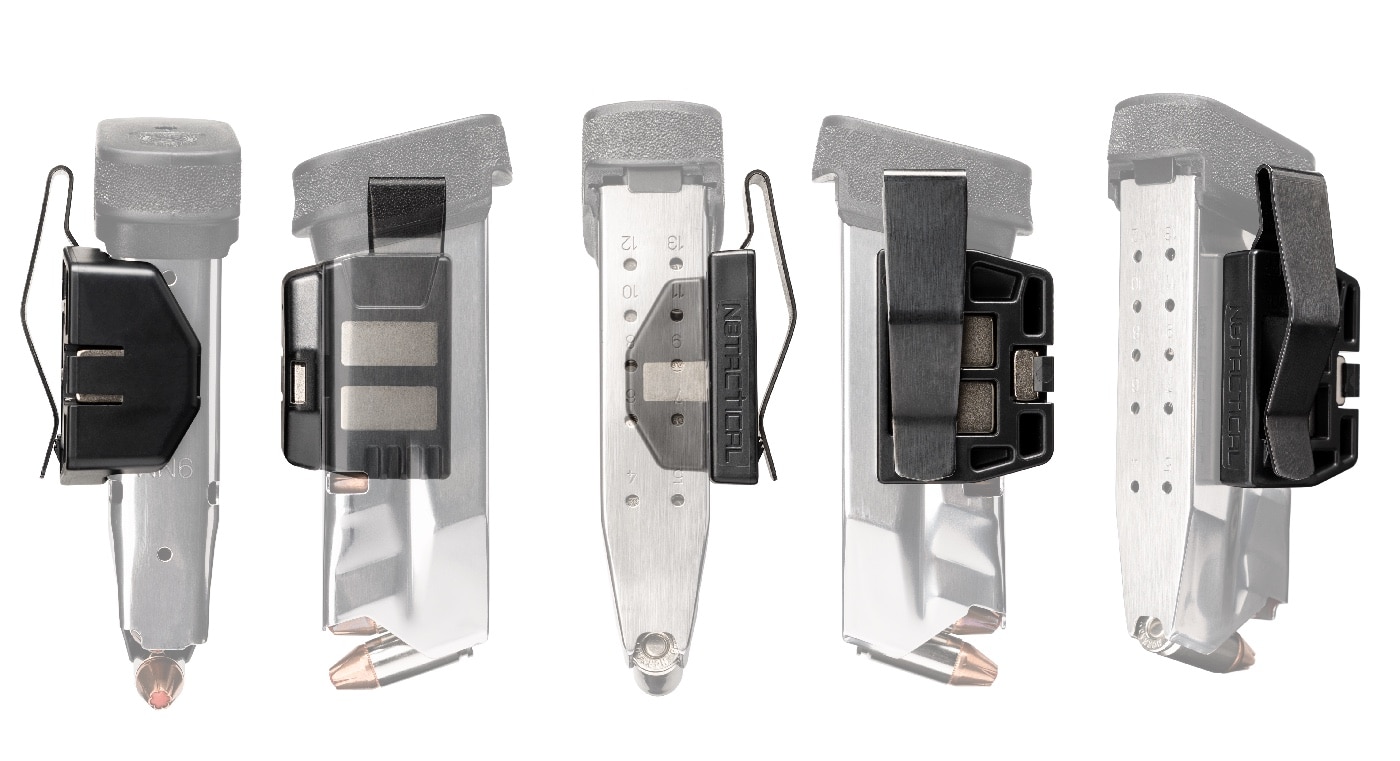
For police duty wear, I have long favored open-top magazine carriers versus those with a snap pouch. I recognize uniform regulations often get in the way, but if you have that latitude you eliminate one step in the reloading process. Personal favorites are the Slimline pouches from Safariland which are vertical carriers that array the magazines face forward. These pouches are considerably narrower than the traditional variety, which frees up some critical space on the duty belt.
Load When You Can
The fact that a pistol can be topped off up to three times faster than a revolver is a huge advantage. To perform any sort of reload with a wheelgun requires you open up the cylinder and burn up several valuable seconds to get back up to full complement. With an autopistol, you can slam a fresh magazine in any time you like regardless if the slide is forward or locked to the rear, and then get back on the trigger in two seconds or so.
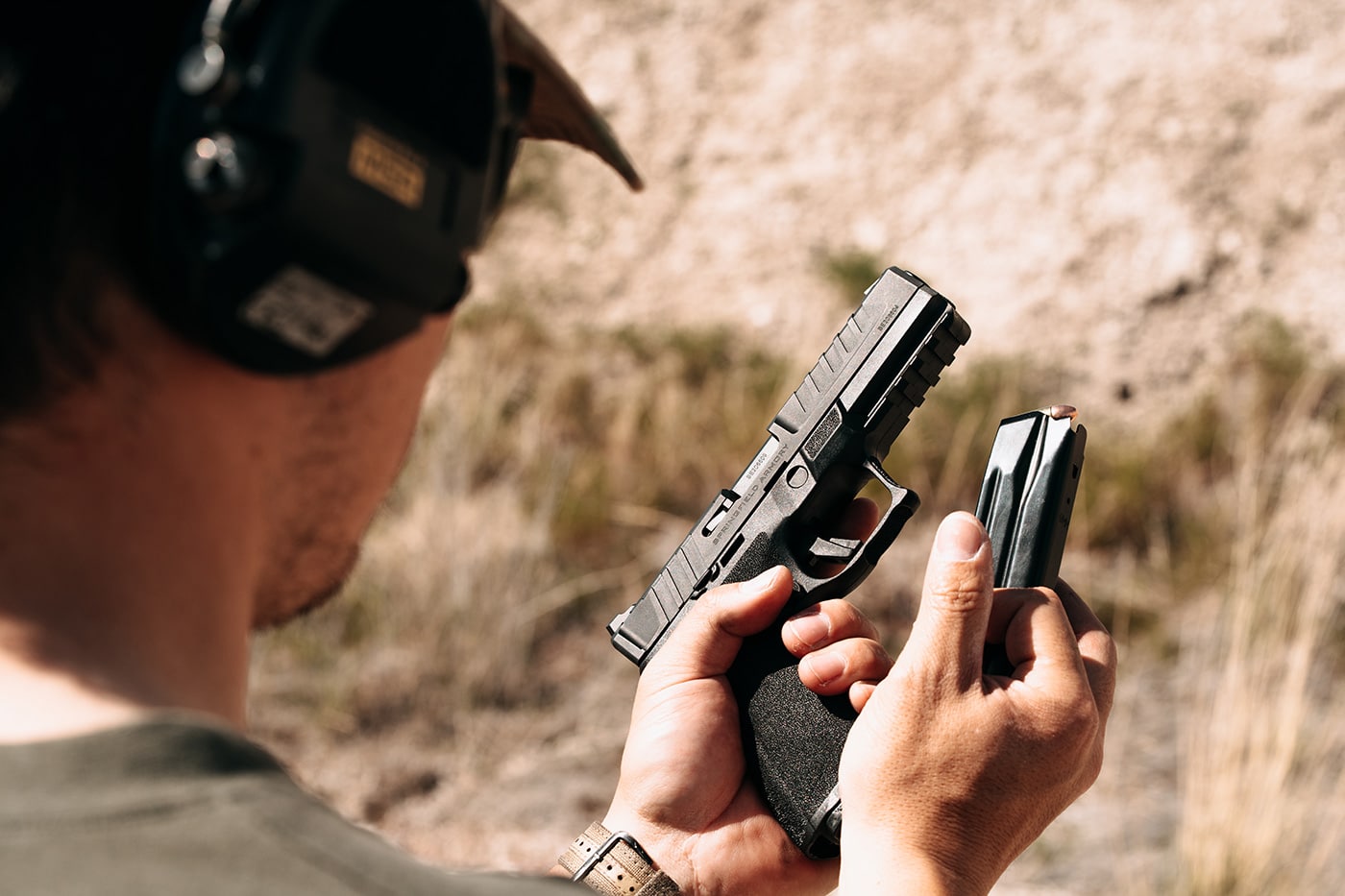
Topping off with the slide forward and in battery can be described as a speed reload, and with the slide locked to the rear as an emergency reload. Much like an automobile, it’s advisable to get back up to speed before you run the tank dry; but running dry is something that may occur in a real-life encounter. The trick of course is to load when you can rather than when you have to, and it’s absolutely necessary. On occasion, circumstances you can’t control may cause you to shoot to lock back.
Assuming we have made the decision to reload while the gun is hot with a round in the chamber, let’s take a look at the mechanics. I like to bend the elbows and bring the gun in close to my workstation closer to the body. Focus should remain downrange on the threat area rather than the gun. This may not be possible for new shooters, but with a little practice you will get it in relatively short order.
Both the strong hand and support side hand are in motion. The thumb of the strong hand depresses the magazine release to drop the depleted magazine while the support hand goes for the fresh magazine.
The most common mistake in achieving an efficient reload is the way the magazine is removed from the pouch. Many shooters use the thumb, index finger and middle finger to get a grip on the magazine floorplate to lift it clear of the pouch. Sure, you will get the magazine free of the pouch, but quickly lining it up with the magazine well can be an exercise in frustration, especially after being subjected to extreme stress.
The proper way to retrieve that fresh magazine is as follows. The base of the thumb and middle finger are still in contact with the floorplate, but the index finger runs down the front of the magazine tube. With this grip on the magazine, you can index on the magazine well and drive it in without looking, which is a big plus in low light or when stress levels are running high. Run the flat side of the magazine facing you into the magazine well and drive it home in one motion. A practiced hand can do this in about two seconds.
Emergency Reloads
Performing a reload with the slide locked back requires one more step, but it really isn’t that complicated. That step involves sending the slide forward to chamber a round and can be accomplished one of two ways, including manually running the slide or tripping the slide release.
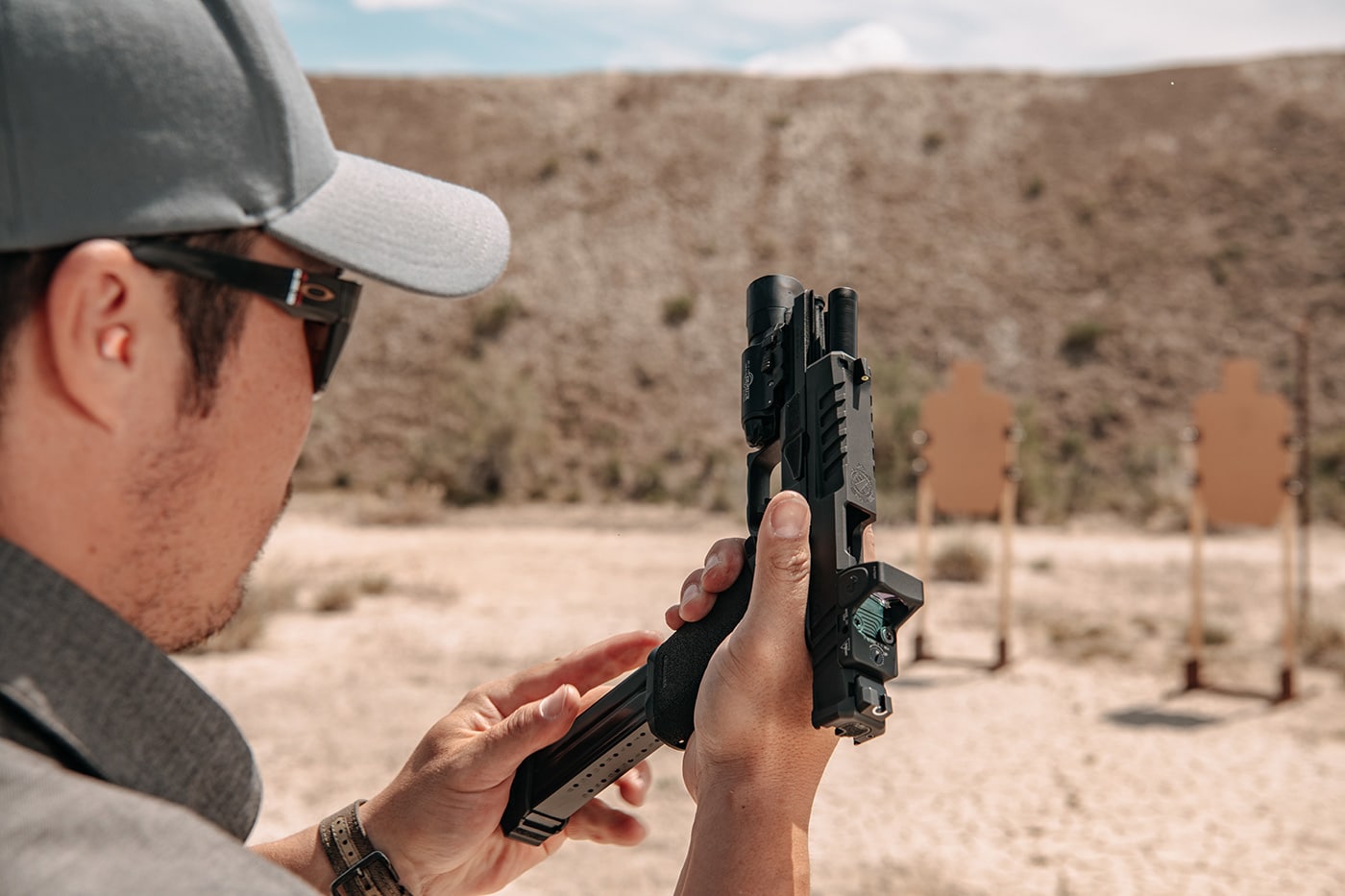
When I first made the big switch from a revolver to a pistol, I favored running the slide manually and my reason for taking that route was quite simple. As a left-hand shooter, the slide release was on the “wrong” side. Today, pistols with ambidextrous controls are quite common, and this has opened up new horizons for me.
Some may argue that manipulating the slide release may be difficult to pull off after being subjected to life-threatening stress, but in reality it’s no more difficult than dropping a magazine. Swipe the strong hand thumb downward to send the slide home and you’re back in business in the blink of an eye.
Manually pulling the slide all the way to the rear and letting it go is a tad slower but may hold some advantages, even for right-hand shooters. For example, I often teach with different pistols where placement of the slide release is in a different spot from my everyday gun. Pulling the slide back and letting it go works every time.
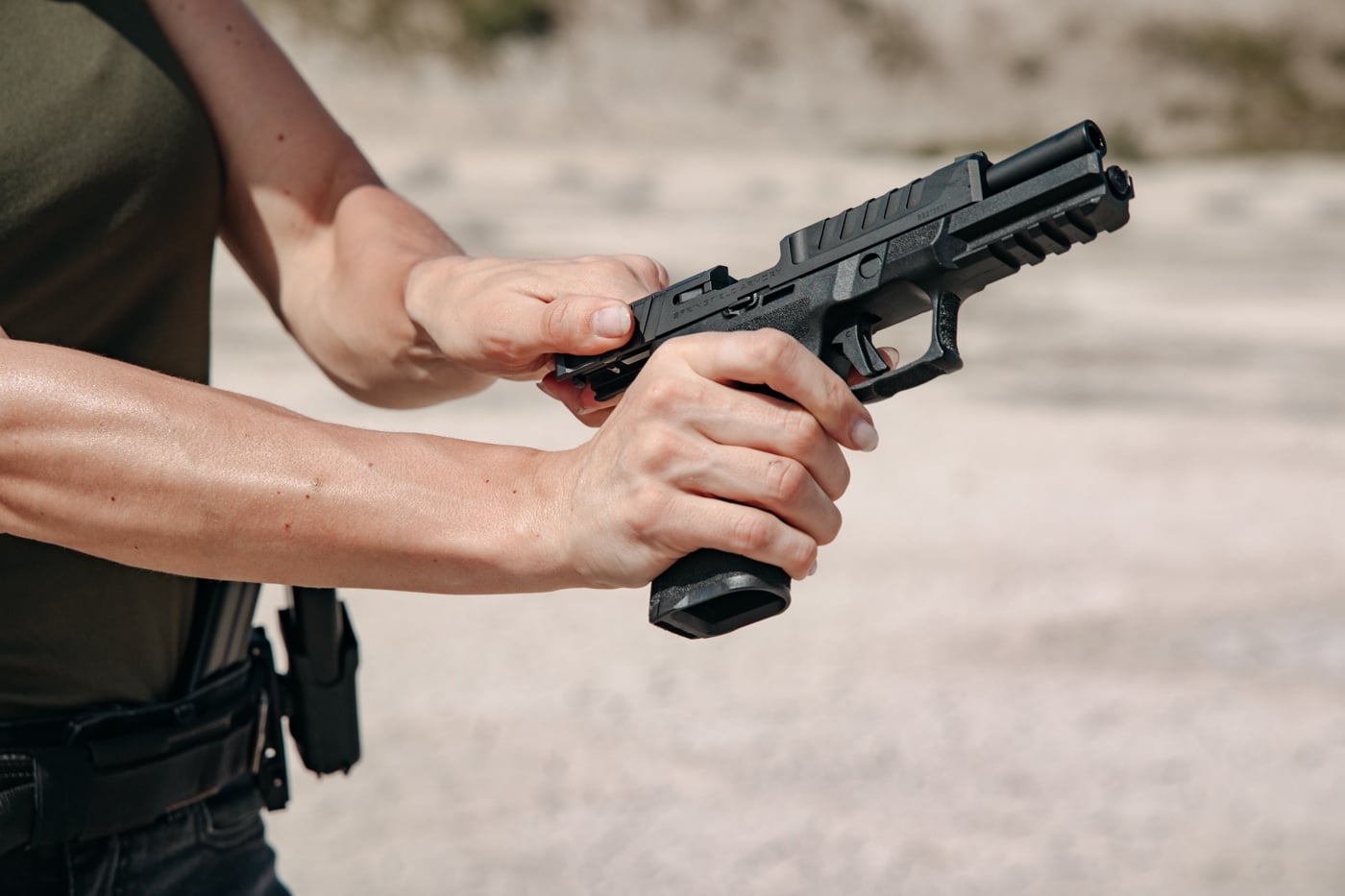
When manually running the slide, some trainers are very dogmatic as to whether you retract the slide with an overhand grip or pinch it between the thumb and index finger. Do what works best for you! Personally, I prefer an overhand grip over the rear of the slide. On really small micro pistols, this can be problematic because the hand covers the ejection port and may even extend in front of the muzzle. As long as you can do this safely, do what you are most comfortable with.
Is the Tactical Reload Practical?
The classic tactical reload consists of retrieving a fresh magazine off the belt, bringing the support hand to the gun, dropping the partially depleted magazine in the hand, and inserting the fully loaded magazine in the gun. There is a lot of precise movement involved here, and I have to question if this can be pulled off when you are highly stressed.
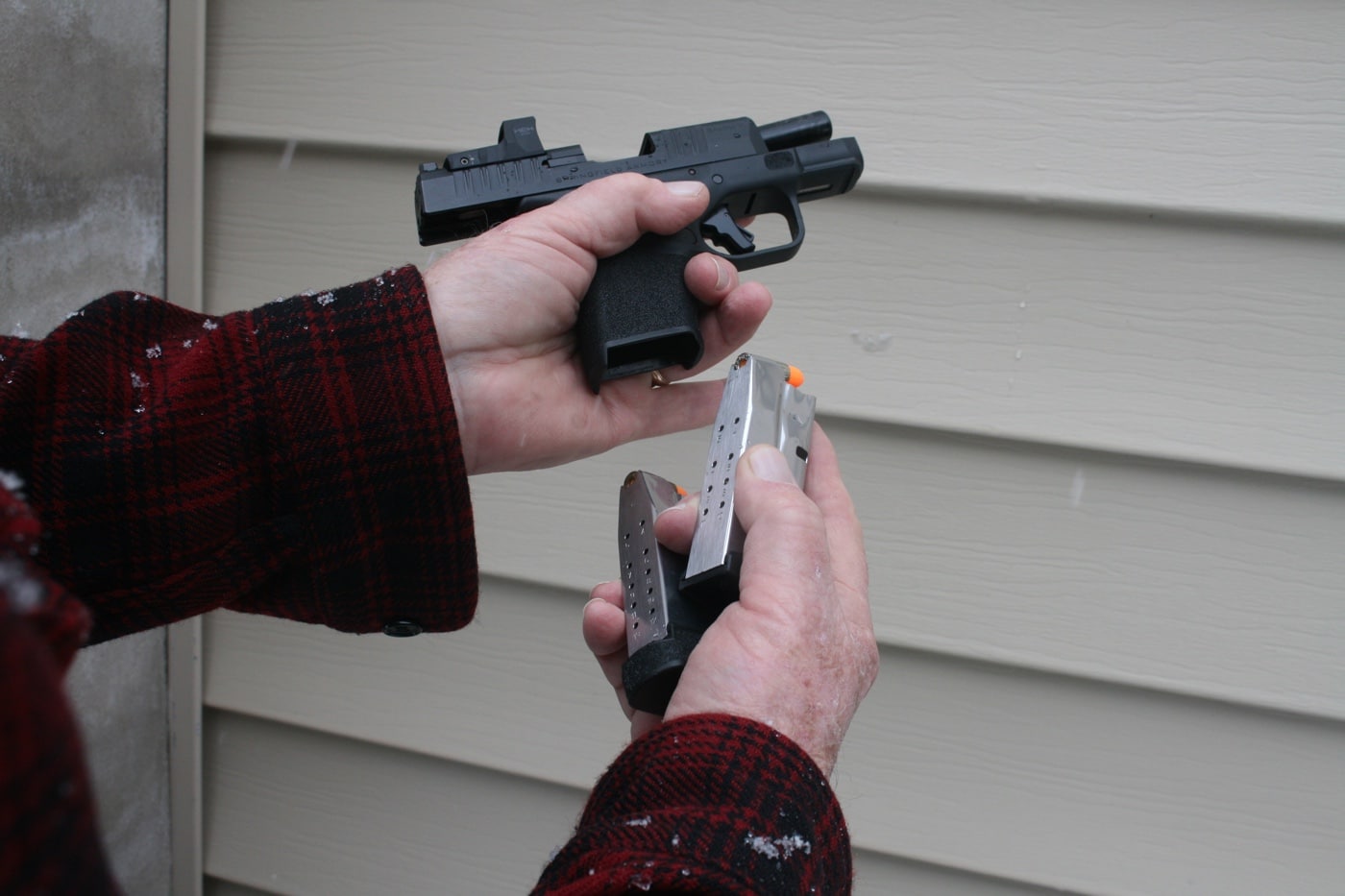
The theory behind this is that there is a lull in the action, allowing you to top off and save that partially loaded magazine for future use. To cut right to the chase, I think the tactical reload is a great range technique, but inappropriate for defense for all but the most dedicated and practiced users. I wouldn’t fancy standing around a hostile environment with a half-loaded pistol either, but when in doubt, speedload. There will be plenty of time to find that partially depleted magazine later.
Perfect Practice Makes Perfect
The neat thing about refining reloading skills is that you don’t need to go the range. Find a quiet, safe place in your home and make sure there is no live ammunition on your person or in the immediate area. Get some dummy rounds and let the games begin. I drop my magazines on a soft surface so as to not beat them up, and this pays dividends when you get the chance to go to the range.
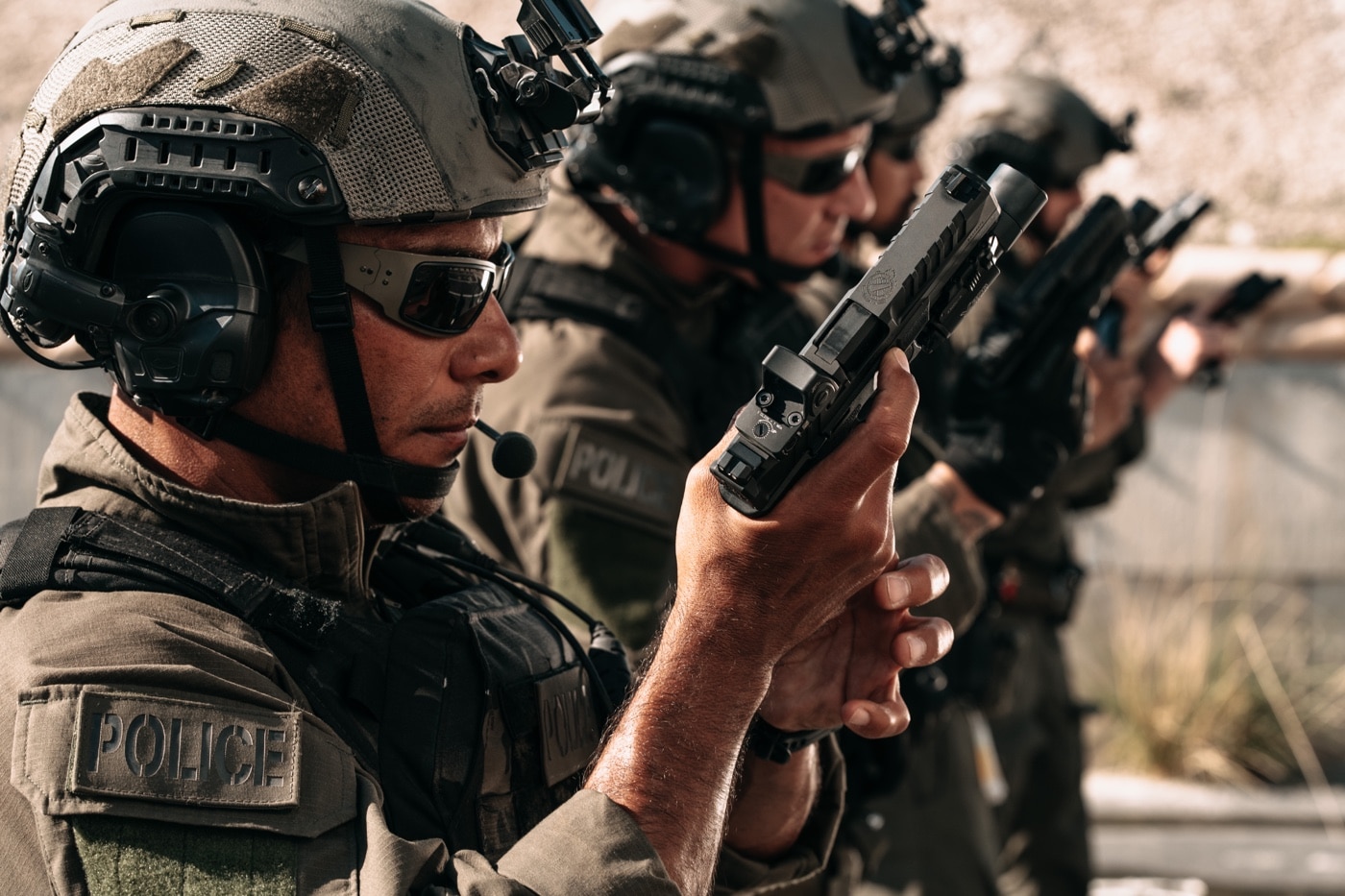
In live fire practice, try your hand with speed reloads by firing a round, reloading, and firing one or two more. Holster, retrieve your magazine, and repeat. To set up an emergency reload, make sure there is a round in the chamber, insert an empty magazine, and go through the process.
In no time at all, you will have cut critical seconds off and made your reload far more efficient. And this can make all the difference.
Editor’s Note: Please be sure to check out The Armory Life Forum, where you can comment about our daily articles, as well as just talk guns and gear. Click the “Go To Forum Thread” link below to jump in and discuss this article and much more!
Join the Discussion
Featured in this article
Continue Reading
Did you enjoy this article?

 490
490




